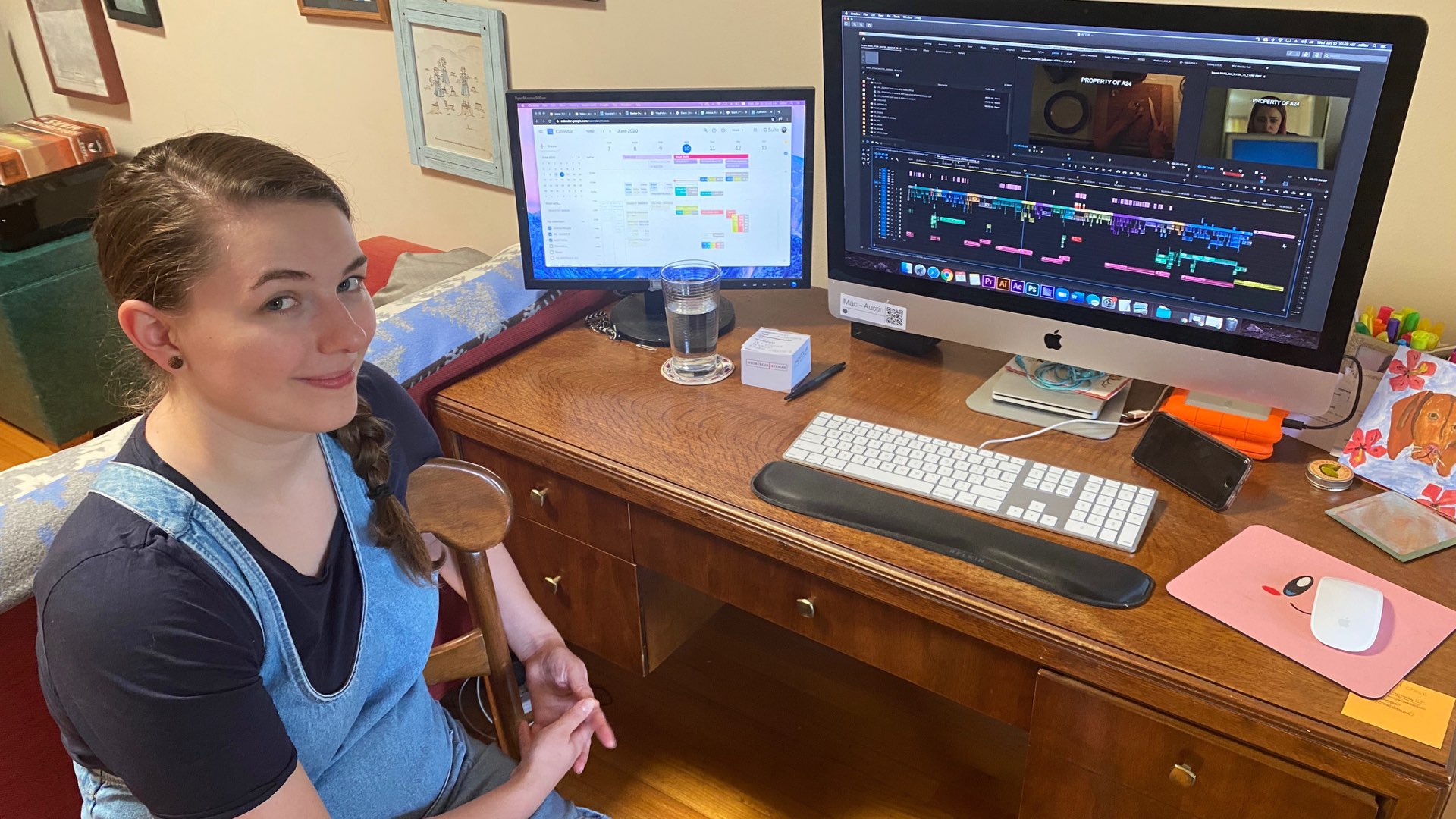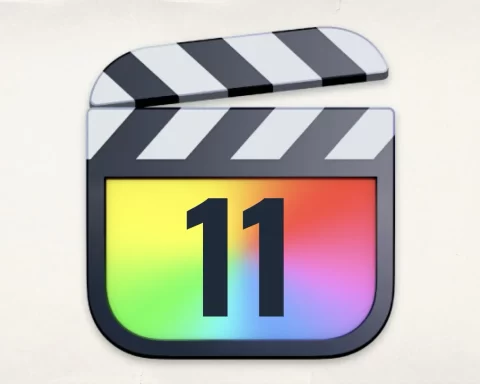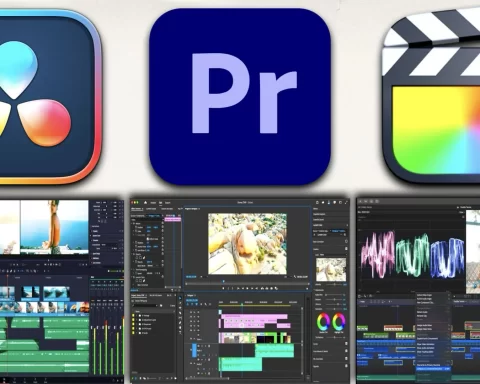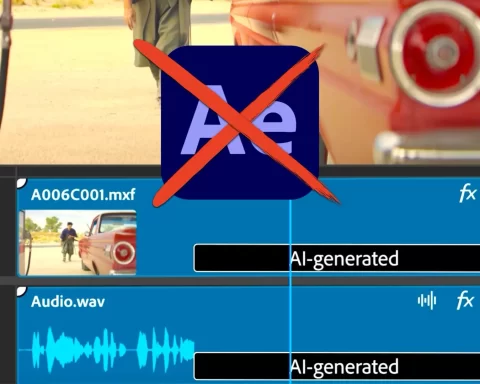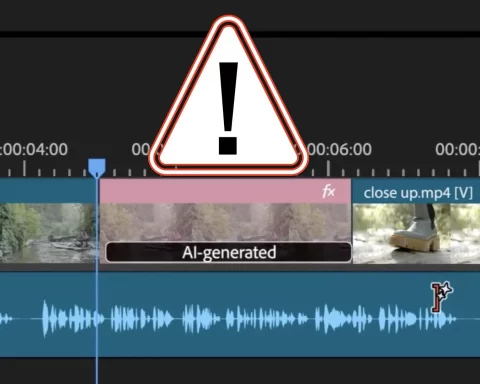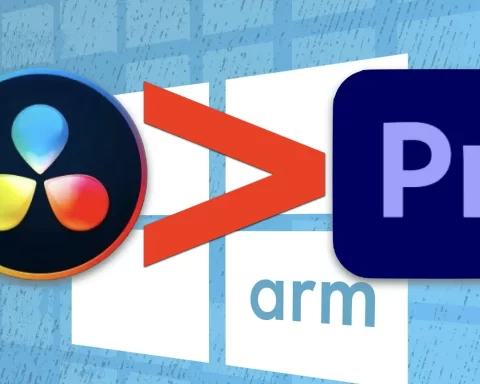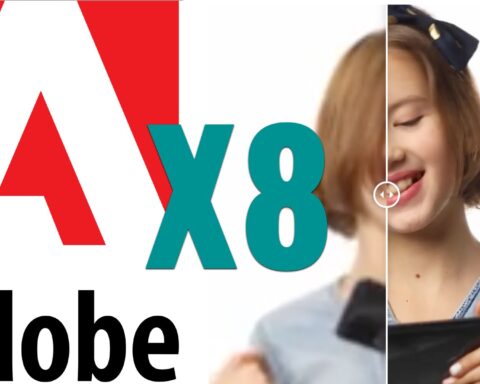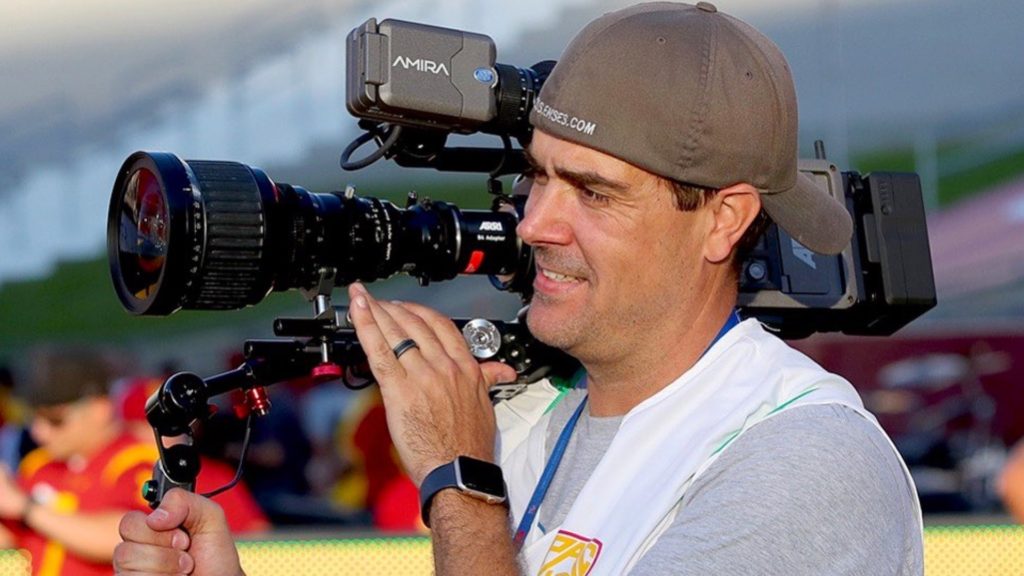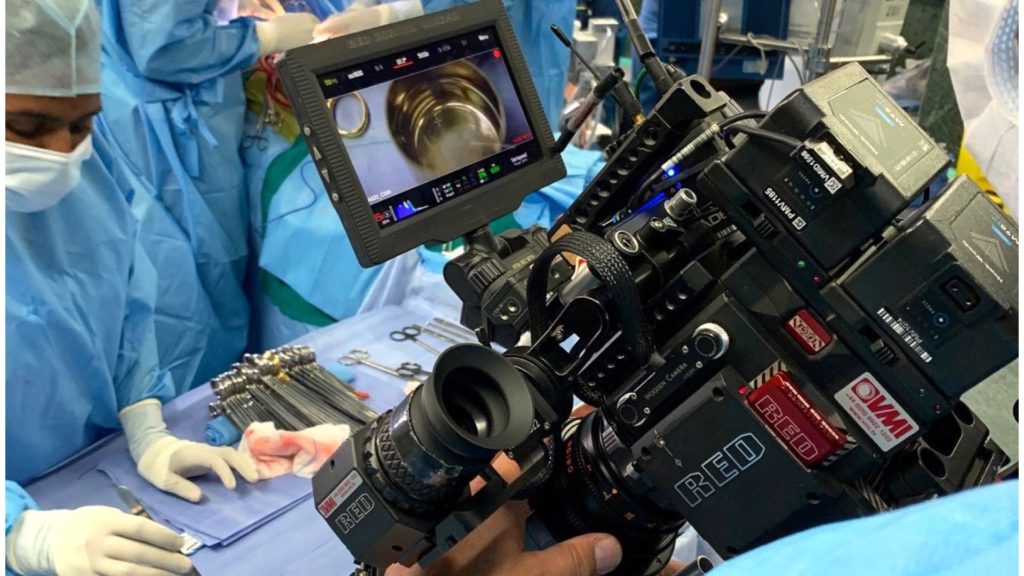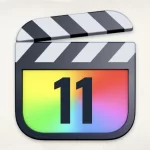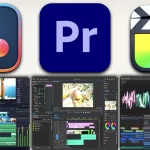The next episodes of Women’s Cinema will be dedicated to female editors that made the climb in the industry. In this chapter, we introduce senior editor Joanna Naugle who is the Lead Editor and Co-Owner of Senior Post that provides full post-production services for film and television. Read on and get inspired by what Joanna has to say about being a professional editor in the film and TV industry, and her insights for other females that have a dream to work as editors.
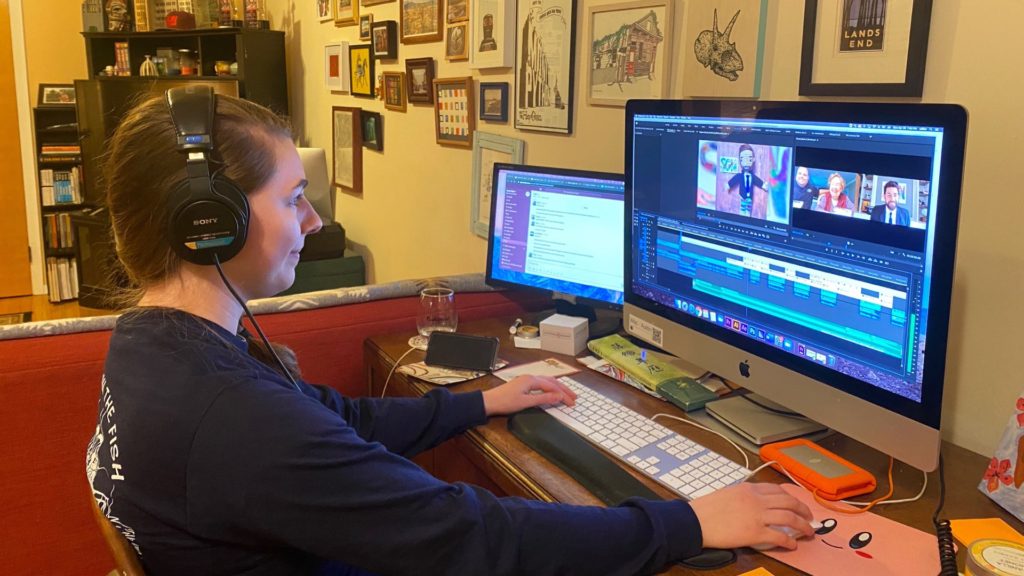
Women’s Cinema by Y.M.Cinema Magazine
Women’s Cinema is a series of articles by Y.M.Cinema Magazine that focus on the women in our film industry, with the goal of encouraging other women to pursue after filmmaking career and to provide a stage for female content creators in the filmmaking industry, regardless of their roles on set. The previous episodes were focused on cinematographers. The next episodes deal with editors. Editing is one of the most important and powerful roles in the creation process. Being an editor means that you create the map of the story. If you want to learn more about the art of editing, make sure to read our reviews regarding MZed editing courses:
In this chapter, we interviewed senior editor Joanna Naugle. Joanna graduated from NYU’s Film Program in 2012, and since then she has been focusing on the post-production phase. Joanna’s recent television work includes the Golden Globe Award-Winning “Ramy” (Hulu), “2 Dope Queens” (HBO), “John Mulaney and the Sack Lunch Bunch” (Netflix), “Some Good News” (YouTube), and “Ramy Youssef: Feelings” (HBO). Joanna also won the Best Editing Award at the Brooklyn Film Festival for her work on the feature film “Kate Can’t Swim,” which premiered at Slamdance in 2017. Currently, Joanna is the Lead Editor and Co-Owner of Senior Post, which is a Brooklyn-based post house that provides full post-production services for film and television.
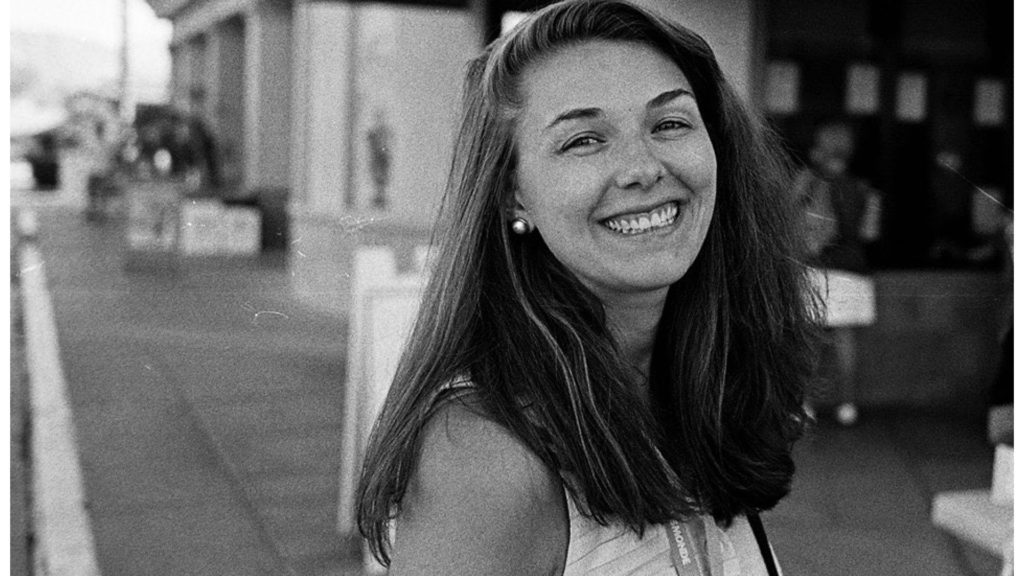
I was drawn to editing from a young age, and would spend hours in front of my computer on iMovie putting together school projects, music videos, and goofy sketches with my siblings.
Joanna Naugle’s Short bio
Y.M.Cinema Magazine: Please let us know about yourself (short bio focusing on your editing career).
Naugle: I’m a film, television, and commercial editor and the co-owner of SENIOR POST, an award-winning Brooklyn-based post house that provides full post-production services. My recent work includes the Emmy nominated show RAMY (Hulu), BIG MOUTH and its spin-off HUMAN RESOURCES (Netflix), John Krasinski’s SOME GOOD NEWS (YouTube), and 2 DOPE QUEENS (HBO). I also provided additional editing for JOHN MULANEY & THE SACK LUNCH BUNCH (Netflix) and the film BEFORE YOU KNOW IT starring Alec Baldwin, Mandy Patinkin, and Judith Light. My work has been screened at Sundance, Slamdance, Tribeca, and SXSW and I’ve been working with clients including A24, FX, Apatow Productions, Vice, Vevo, Nike, Reebok, Vox, and Refinery 29. Joanna is a graduate of NYU’s Tisch School of the Arts.
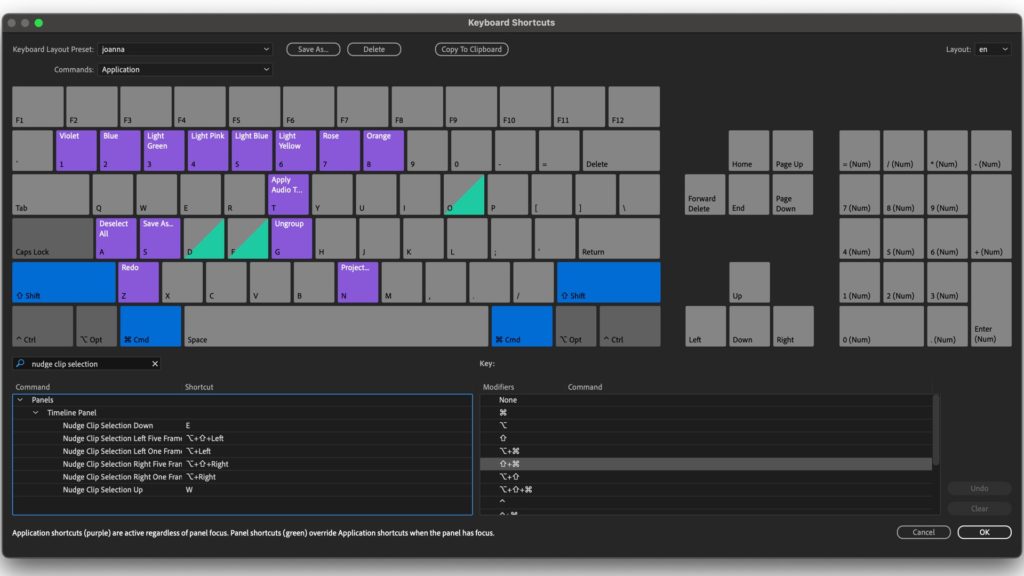
We worked in small crews to shoot various short films over the course of the semester on 16mm film. After the film was developed, we would edit the projects on Steenbecks, literally cutting and splicing and taping the pieces of the film we wanted to use together and playing it back on the massive machines.
It all started with iMovie
Y.M.Cinema Magazine: Why (and how) did you choose editing as a profession?
Naugle: I was drawn to editing from a young age, and would spend hours in front of my computer on iMovie putting together school projects, music videos, and goofy sketches with my siblings. But the class that really solidified my desire to be an editor was “Sight & Sound Film” at NYU. In this class, we worked in small crews to shoot various short films over the course of the semester on 16mm film. After the film was developed, we would edit the projects on Steenbecks, literally cutting and splicing and taping the pieces of the film we wanted to use together and playing it back on the massive machines. As someone who had only edited with computer software until then, seeing the story come into existence in such a concrete and tangible way was life-changing and made me realize I wanted to pursue editing as a career. I loved being able to work on the final draft of the story and the creative problem-solving that came along with that process.
In the beginning, I edited a lot of branded content for web streaming and then was able to transition into television work starting with comedy specials and then moving into scripted shows.
After graduating from NYU, I worked at SNL for a year and then freelanced as an editor with various companies and that’s how I met Josh Senior and started working with Senior Post. What started as a series of freelance jobs in 2012 turned into a full-time job, and then I later became a co-owner of the company. In the beginning, I edited a lot of branded content for web streaming and then was able to transition into television work starting with comedy specials and then moving into scripted shows. Owning a post house has been an incredible way to meet various collaborators and work on a myriad of projects with Josh and the rest of the team. Although we’re a small group, we work across lots of different genres, networks, and formats, which means I’m always excited to see what our next project will be.
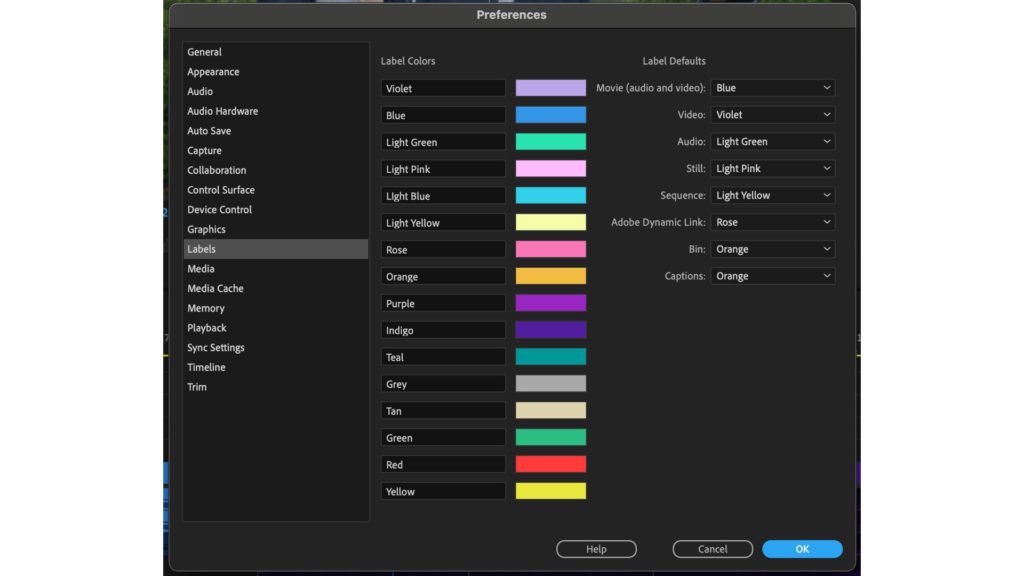
I loved being able to work on the final draft of the story and the creative problem solving that came along with that process.
The role of the editor
Y.M.Cinema Magazine: Describe your role and part in the post-production workflow. Do you have any preferred tasks in the editing process?
Naugle: After shooting concludes, it’s my role as the editor to be the first audience for the footage and approach it with an unbiased opinion. Having just wrapped, the directors and producers are usually incredibly close to the footage, and I come to the project with fresh eyes and give a new perspective on what is working or what needs to change in order to create the best possible end result. After the assistant editors sync and organize the footage, I’ll do my first Editor’s Cut of the project and then share it with the director. Inevitably there will be parts that aren’t exactly as the director envisioned, but hopefully, some of my ideas and variations from the script also inspire the director to go in different directions or find something new and surprising in the footage. From there, we start collaborating together (either in person or remotely) to build something that is a synthesis of all our various ideas.
After shooting concludes, it’s my role as the editor to be the first audience for the footage and approach it with an unbiased opinion.
This is my favorite part of the process because it’s the phase with the most experimentation and conversation. A director who is a great collaborator will be willing to try new things that might deviate from the script and approach them with an open mind. I edit with Premiere Pro which makes it so easy to just duplicate a sequence or leave markers where something has been adjusted, so you can always revert to an original version. I like using different label colors when I adjust something in a timeline, so it’s easy to quickly identify what has changed and focused on fine-tuning the new section. Of course, these experiments may not always work, but when the director and I discover something new and exciting together in the footage, that is my absolute favorite part of the process. I love when one idea will snowball and lead to something truly innovative and extraordinary. One of my favorite professors once said that editing is like writing with magnetic poetry, which has always resonated with me. As an editor, you can only use what you’re given to tell the story, and there’s no one right way to do it; you just need to shuffle what you have and try different permutations until you’ve created something beautiful.
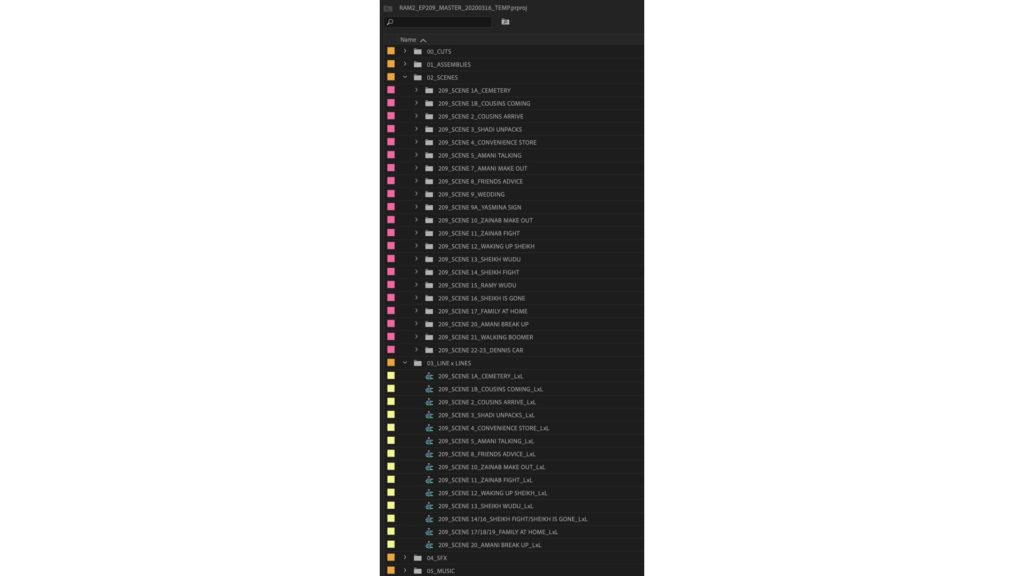
When the director and I discover something new and exciting together in the footage, that is my absolute favorite part of the process.
Interesting projects
Y.M.Cinema Magazine: Name a few interesting projects you took part in.
Naugle: One of my favorite projects to work on was Season 1 and 2 of RAMY. I love how the show isn’t afraid to take on taboo subjects like religion, morality, and sexuality, and forces the audience to grapple with uncomfortable topics. I adore films like FARGO and BEGINNERS that are able to shift seamlessly from a humorous scene to a dramatic one, and working on RAMY was a great way to hone this skill. One moment Ramy will be joking with his friends about jerking off and then the next, he’ll be having an emotional conversation with a religious leader. Figuring out the pacing of these scenes in order for the emotional shifts to not feel jarring is always a rewarding challenge.
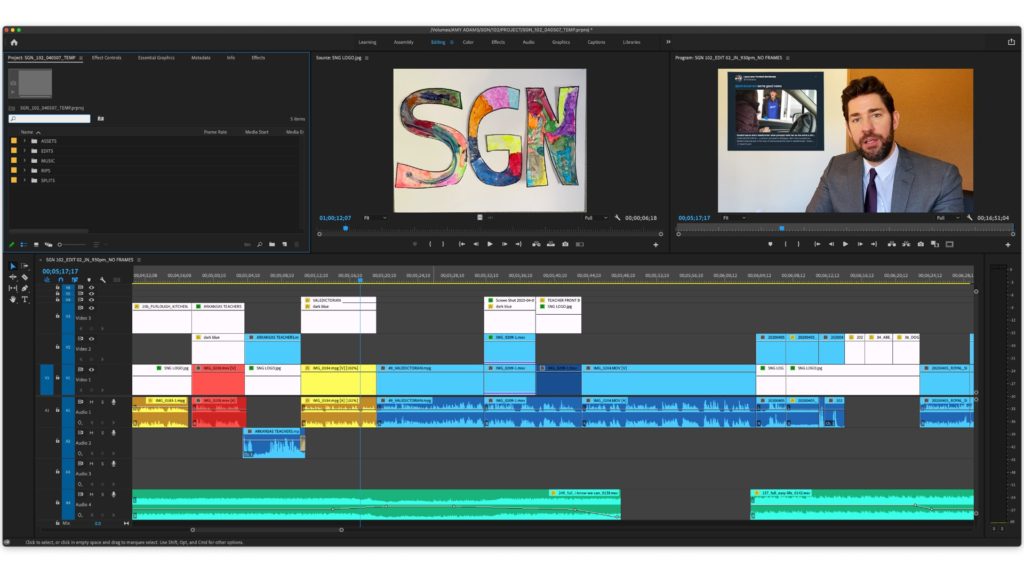
One of my favorite professors once said that editing is like writing with magnetic poetry, which has always resonated with me.
The other interesting thing about Season 2 of RAMY was that we finished it during the pandemic! So we had to figure out a way to suddenly create a remote workflow in the early days of quarantine. Our post team quickly pivoted in such an impressive way, and we duplicated the media on local drives so we could pass Premiere projects back and forth between different collaborators. If we kept our hard drives organized the same way, it was super simple to automatically relink the files through Premiere without losing any time. We used a similar workflow with John Krasinski’s SOME GOOD NEWS, another show we worked on during early quarantine, and shared assets across multiple editors for easy collaboration. This was even more complicated since we were using a bunch of different user-generated clips in various formats while also working with an insanely tight turnaround. Luckily we didn’t have to transcode any of the different formats since Premiere could read all of the raw files, so as long as we kept our drives organized, we were able to pull off the incredible feat of delivering a new show each week while being fully remote.
Luckily we didn’t have to transcode any of the different formats since Premiere could read all of the raw files.
One final interesting collaboration was when I was fortunate enough to work on BIG MOUTH and HUMAN RESOURCES (Netflix). This was my first time working on animated shows and was unusual for me because my first cut of the episodes used only audio. So it was a unique challenge to have to tell the story and make sure the emotion of the characters came through without relying on any visuals. Once we locked the “radioplay” version of each episode, we’d pass that along to the storyboard artists who would begin adding pictures to the audio. But the early cuts relied heavily on building out sound design, utilizing music cues, and carefully choosing nuanced performances that would successfully convey the story without any visuals. Oftentimes sound is under-appreciated as a form of storytelling and can take a backseat to the video, and this workflow gave me a deeper understanding of how excellent audio design can transport the audience to another world and fully immerse them in the story.
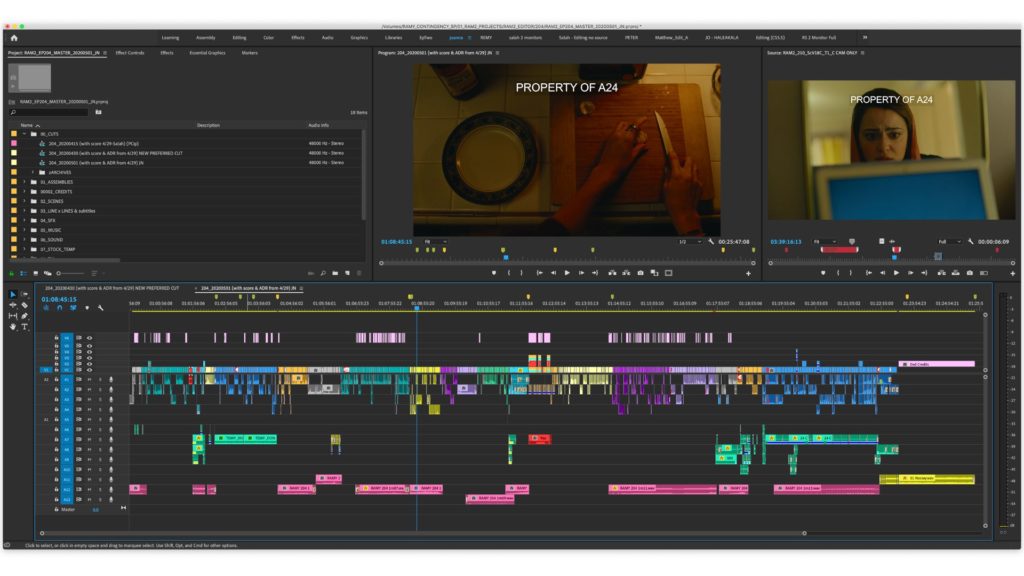
Oftentimes sound is under-appreciated as a form of storytelling and can take a backseat to the video, and this workflow gave me a deeper understanding of how excellent audio design can transport the audience to another world and fully immerse them in the story.
The glass ceiling
Y.M.Cinema Magazine: What’s it like to work in a professional environment dominated by men? As the majority of editors are men, do you feel that you have a glass ceiling above you?
Naugle: It didn’t really occur to me how male-dominated the post-production world would be when I decided to become an editor because there were so many women I looked up to in the industry such as Thelma Schoonmaker, Dede Allen, and Sally Menke. I remember seeing Thelma win the Oscar for editing THE DEPARTED, and thinking to myself… maybe I could do that one day. It only really seemed possible because I saw her achieving success. What’s fascinating is that in the early days of cinema, most of the editors were women because putting together pieces of the film was similar to sewing, and would therefore be a task better suited to women. Once the job of an editor began gaining more respect and creative power, then men started to be interested in the position and began taking their jobs. So it’s interesting how a position that was once female-dominated then shifted in the other direction, and now people seem to be making a concerted effort to balance it out again.
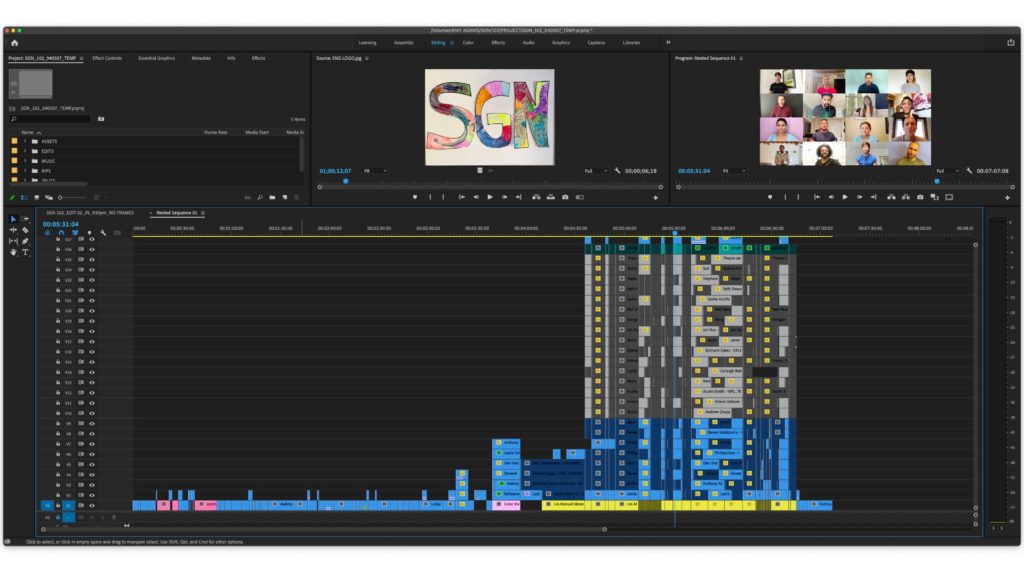
What’s fascinating is that in the early days of cinema, most of the editors were women because putting together pieces of the film was similar to sewing, and would therefore be a task better suited to women.
Throughout my career, I have certainly noticed that a majority of my peers are male and I’ve gotten accustomed to often being the only woman in the editing room or on notes call. When I was starting out this was often intimidating, and I remember working on one of my first feature films with three other male collaborators and I often felt like I didn’t know how to contribute because they would always dominate the conversation. It took time and practice, but I’ve gotten better at developing my own voice and figuring out the most helpful way to insert myself into a conversation. Because if I’m working in a room with all men, I have the valuable opportunity to offer my differing perspective as a woman and that will only result in a more well-rounded end result. My favorite collaborators are the people who intentionally make room for every voice in the room to be heard because this is also a skill that needs to be developed. And the final product always benefits when it’s a true collaboration from a variety of different voices rather than only the loudest ones in the room. So I wouldn’t necessarily say that I’ve been aware of a “glass ceiling,” but there is a certain amount of imposter syndrome that comes with being a minority in a creative setting. But the trick is learning to harness that power as a valuable asset, rather than letting it deter you from participating or expressing yourself.
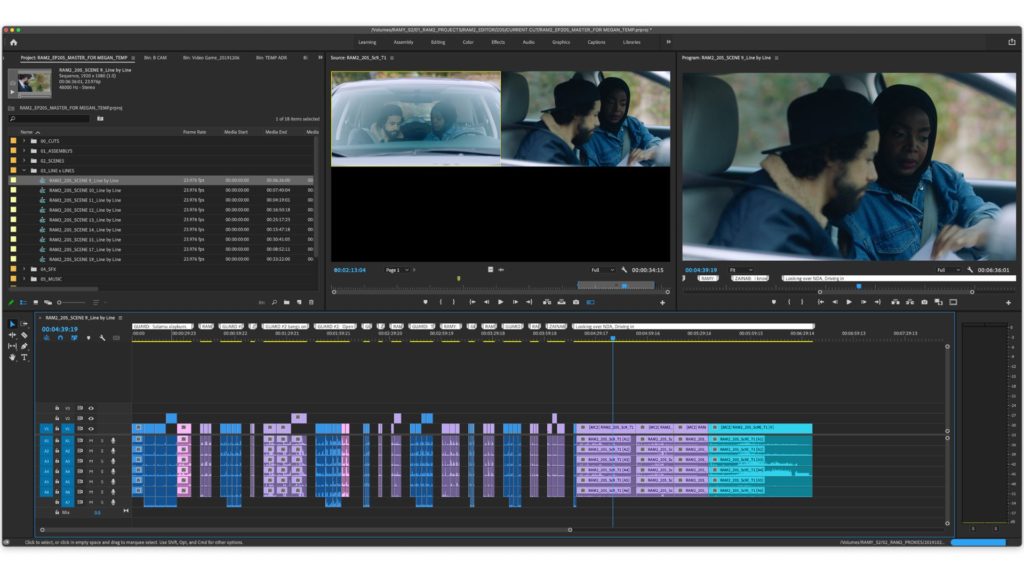
Once the job of an editor began gaining more respect and creative power, then men started to be interested in the position and began taking their jobs. So it’s interesting how a position that was once female-dominated then shifted in the other direction, and now people seem to be making a concerted effort to balance it out again.
Building credits to make the climb
Y.M.Cinema Magazine: Do you feel that you have to try harder as a female editor in order to make a climb in the industry?
Naugle: I think the hardest thing about climbing up the industry ladder is just waiting for someone to give you that opportunity to prove that you can handle making the jump from an assistant editor to an editor. And previously that might have been harder for women in post-production since it can be a very technical position and it can be easy to stereotype men as being more “tech-savvy” or “mechanical.” However, I think those false and sexist biases are hopefully beginning to erode and when trying to fill a role, it depends more on a person’s credits than their gender.
Because if I’m working in a room with all men, I have the valuable opportunity to offer my differing perspective as a woman and that will only result in a more well-rounded end result.
The tougher part from my perspective is how you can build those credits when you’re just starting out in the industry and I think so much of getting that first break has to do with your personal network and who is going to be willing to vouch for you in a new role. I was fortunate to edit my first HBO comedy special because I had a personal connection to the director and the comedian and also had the support of Josh and Senior Post behind me. So even though I hadn’t edited anything that had been on TV yet, I was awarded the opportunity because those people championed me and believed I’d do a good job. Today I am often approached about jobs where they are specifically looking to hire a female editor, either because the content skews female or just because people are making an increased effort to diversify their teams. And both of those things are awesome to me: I too am interested in telling female-driven stories and I also want to work on teams of people with varying perspectives and ideas. So I find it reassuring that people in positions of power are specifically seeking out female talent in post-production because it’s amazing if there can be more gender equality among the next generation of AEs and editors.
That might have been harder for women in post-production since it can be a very technical position and it can be easy to stereotype men as being more “tech-savvy” or “mechanical.” However, I think those false and sexist biases are hopefully beginning to erode and when trying to fill a role, it depends more on a person’s credits than their gender.
From my perspective, the best thing you can do as an aspiring editor, regardless of gender, is to continue building your network whether that’s asking your existing contacts if they have people they might be able to introduce you to in the industry or joining a community like NYC Women Filmmakers or Blue Collar Post Collective. And in the meantime, keep refining your technical and creative skills, so when those connections do lead to a big opportunity, you’ll be ready to knock it out of the park.
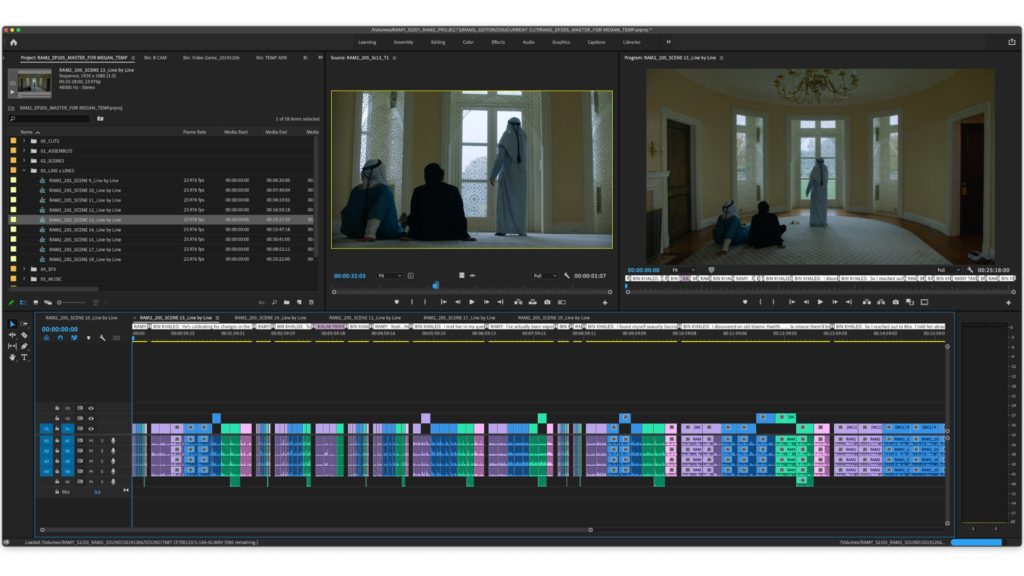
Today I am often approached about jobs where they are specifically looking to hire a female editor, either because the content skews female or just because people are making an increased effort to diversify their teams.
Tips & Tricks
Y.M.Cinema Magazine: Do you recommend other women to pursue an editing career? If so, what’re your tips and tricks to do so?
Naugle: I absolutely 100% recommend a career in editing to any women interested in post-production! Although it may feel like a male-dominated field, the number of women will only grow if more of us decide to pursue a career in post-production and simultaneously, if more people in positions of power make an effort to hire them. This is something I try to practice when I have hiring power on projects and know that just as other people gave me the opportunity to prove myself, I too can pass that along to the next generation of editors.
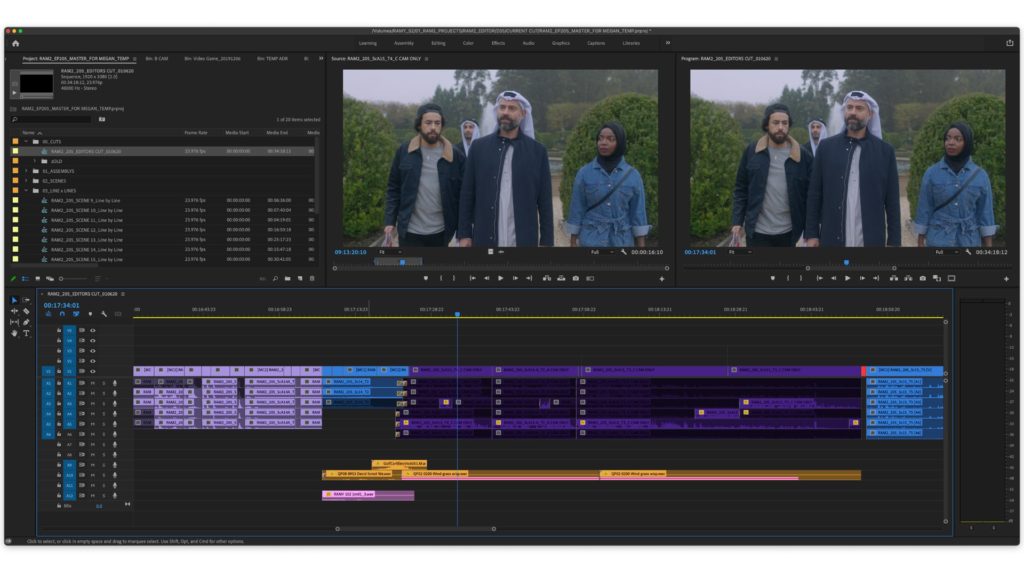
If you’re looking to break into the industry, then I recommend being super up to date with your technical skills and knowledge of editing software.
If you’re looking to break into the industry, then I recommend being super up to date with your technical skills and knowledge of editing software. As an assistant editor, one of your main jobs will be setting up the project for your editor as well as exporting, transcoding, and syncing the footage that comes in. You’ll also be helping them troubleshoot any issues that arise and organizing the media in a straightforward way. Being confident in your NLE skills will make you an excellent candidate for assistant editor positions and stand out from the rest of the pack. Also once you get a job as an assistant editor, make sure you’re being proactive and thinking two steps ahead! The best AEs I’ve worked with are always anticipating the issues that might come up in advance and doing everything they can to keep the workflow running smoothly.
Product List
Here’re the products mentioned in the article, and the links to purchase them from authorized dealers.
- Adobe Premiere Pro CC (1-Year Subscription, Download)

